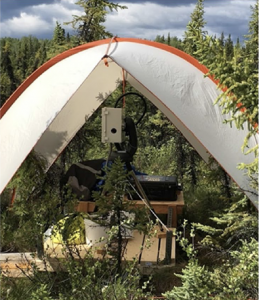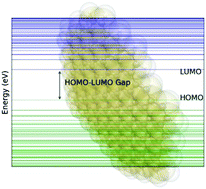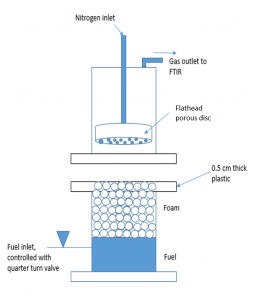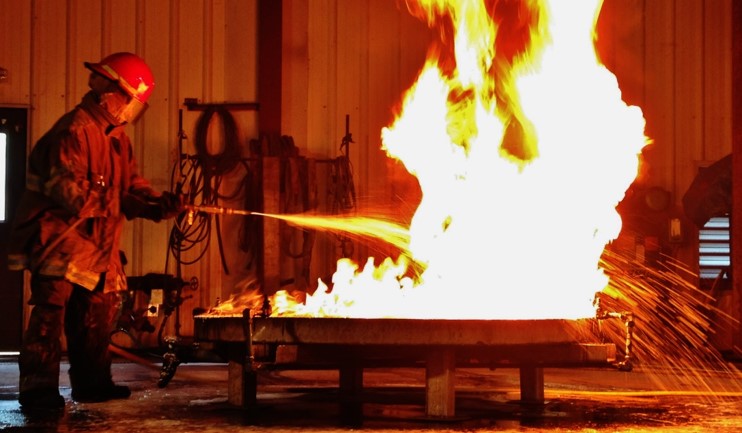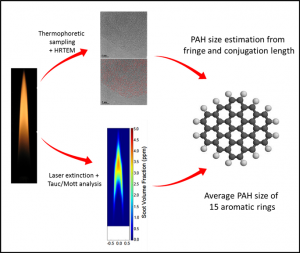D. Michelle Bailey and J. Houston Miller
Geophysical Research Abstracts Vol. 20, EGU2018-7401, 2018
Due to its ability to influence global climate change, it is imperative to continually monitor carbon dioxide emission levels. Although high-precision sensors are commercially available, these are not cost effective for mapping a large spatial area. A goal of this research is to build out a network of sensors that are accurate and precise enough to provide a valuable data tool for accessing carbon emissions from large, urban or remote areas. This greenhouse gas dataset can be used in numerous environmental assessments and as validation for remote sensing products. Each of our sensors (referred to as “Luftsinn” sensors) utilizes a non-dispersive infrared (NDIR) sensor for the detection of carbon dioxide along with a combination pressure/temperature/humidity sensor and a real-time clock. The sensors communicate using serial and I2C interfaces with a Raspberry Pi ARM-based, microcontroller. Laboratory characterization of the Luftsinn sensors shows ∼1% accuracy when evaluated with gas standards. For field deployment, solar-powered sensors, supporting a 5 W power burden, have been developed.
Two applications are discussed here. First, Luftsinn sensors are being deployed as a part of an innovative opennetworking platform being installed on LED street lights in Washington, DC. In this application, where internet access via WiFi or LoRa is readily available, each Luftsinn unit is connected to a website that leverages recent developments in open source GIS tools. In this way, data from individual sensors can be followed individually or aggregated to provide real-time, spatially-resolved data of CO2 trends across a broad area. Alternatively, these sensors have been deployed in remote Alaska to evaluate carbon dioxide emissions above thawing permafrost. Data from these deployments are manually retrieved and posted onto the same webpage retroactively. A developing project will combine data collected from these unique environments and incorporate K-12 students residing above and below the 60th parallel to allow them to engage directly with the data and disseminate their findings to peers across the country.

